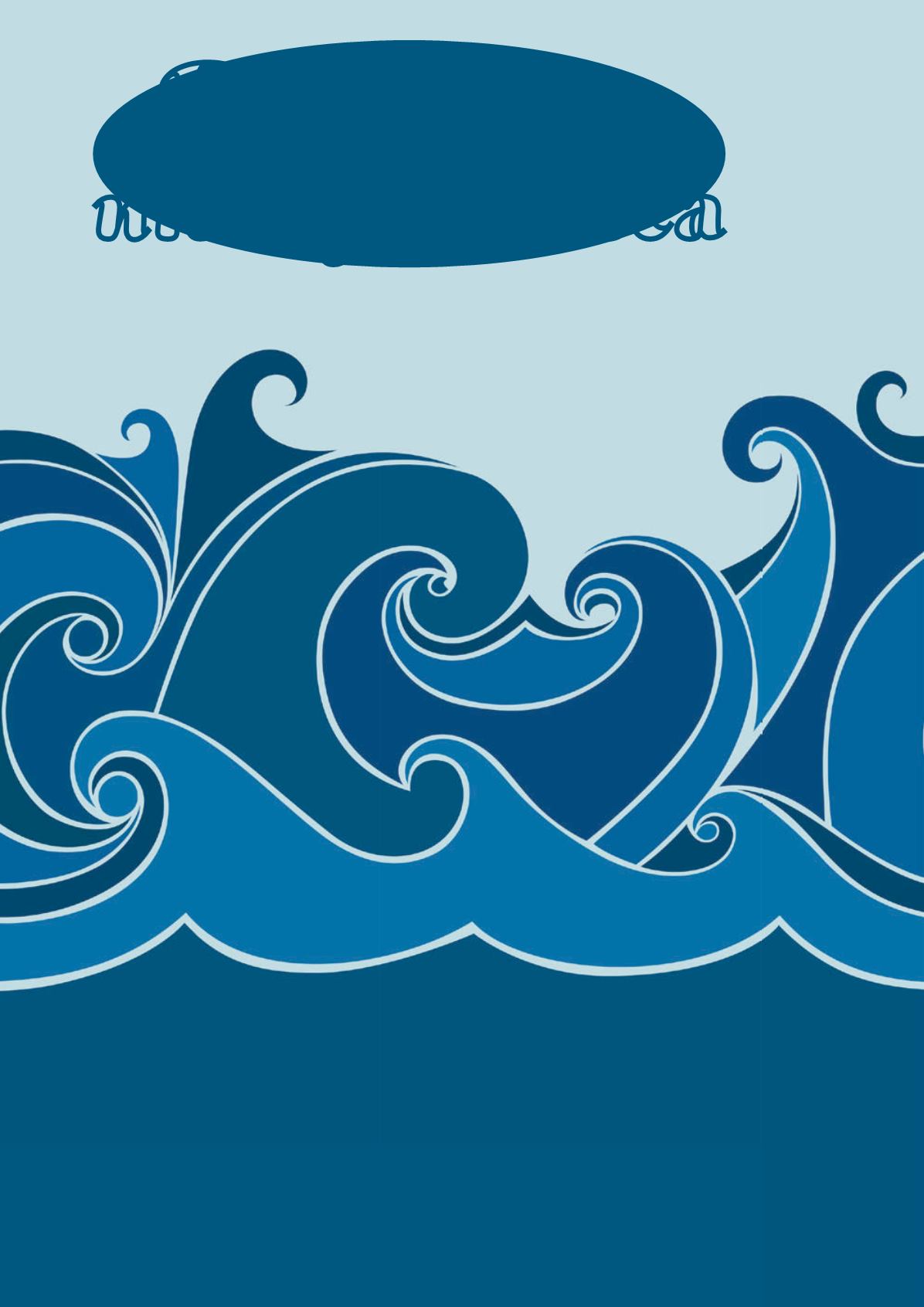
17
T
here are many challenges when designing a
floating LNG (FLNG) vessel. A process designer will
divide these challenges into three main categories.
The first category concerns the size and weight of each
piece of equipment because these have a more significant
impact on the overall project economics for a floating
plant than they have for a land-based plant. Consequently,
the liquefaction cycle selection will have to consider the
production capacity and equipment count for each train.
The second challenge involves the vessel motion due
to wind and waves. The mechanical design of the
equipment will need to account for these added stresses,
and the process design will need to consider possible
effects of the motion on two-phase fluid flow.
Finally, the inventory of flammable material is a
concern for a seagoing vessel. Due to space limitations, it
is difficult to provide separation between the process
areas and living quarters. For some owners, liquid propane
inventory causes particular concern due to its combination
of volatility and heavy vapour.
These three challenges can be addressed by choosing
the appropriate liquefaction process cycle and using
robust equipment. The choice of process cycle is
important, since it determines the equipment
Expanding
nitrogen at sea
Annemarie Ott Weist,
Öznur Sayg
ı
-Arslan andMark Roberts,
Air Products and Chemicals Inc.,
USA,
discuss a range of liquefaction
processes suitable for floating LNG.


